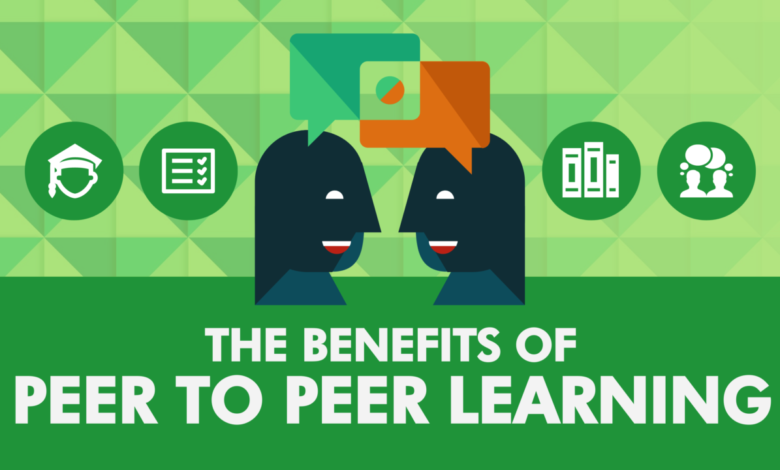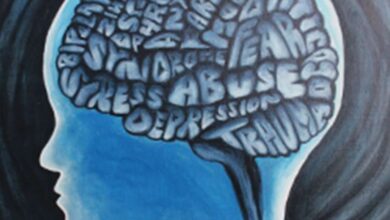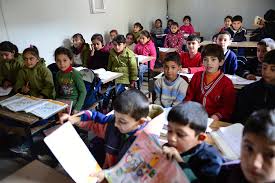The Role of peer learning in Education

Peer learning has become an increasingly popular alternative to traditional classroom teaching in recent years. It involves a process where students learn from their peers through group discussions, brainstorming sessions, and other collaborative activities. In this article, we will explore the role of peer learning in education and how it can improve student outcomes.
Peer learning has several advantages over traditional teaching methods. Firstly, it encourages active learning, which is a process where students take an active role in their learning, rather than just passively receiving information. Through peer learning, students can engage in discussions and debates, share ideas and knowledge, and learn from each other’s experiences. This can lead to a deeper understanding of the subject matter and help students develop critical thinking and problem-solving skills.
Another benefit of peer learning is that it helps students develop teamwork and communication skills. Collaborating with peers requires students to communicate effectively, listen actively, and work together to achieve a common goal. This can be particularly useful in developing the interpersonal skills that are essential for success in both academic and professional environments.
In addition, peer learning can increase student engagement. By working together in groups, students can build relationships with their peers and develop a sense of community in the classroom. This can help them feel more invested in their learning and more motivated to participate in class.
Moreover, peer learning can enhance students’ critical thinking and problem-solving skills. Through group discussions, students can learn how to analyze information, evaluate different perspectives, and come up with creative solutions to problems. This is particularly important in today’s fast-paced, complex world, where the ability to think critically and solve problems is increasingly essential.
There are several different types of peer learning, including collaborative learning, cooperative learning, problem-based learning, peer tutoring, and peer review. Collaborative learning involves groups of students working together to complete a task or project. Cooperative learning involves students working together to achieve a common goal, but with different roles and responsibilities. Problem-based learning involves students working in groups to solve real-world problems. Peer tutoring involves more experienced students teaching less experienced students, while peer review involves students reviewing and providing feedback on each other’s work.
To implement peer learning successfully, teachers need to be trained in the different strategies and techniques involved. Curriculum development is also essential to ensure that peer learning is integrated effectively into the learning process. The classroom environment should be conducive to peer learning, with appropriate resources and facilities available. Finally, assessment and evaluation should be used to measure the effectiveness of peer learning and identify areas for improvement.
Despite the many benefits of peer learning, there are also several challenges that need to be addressed. For example, some students may be resistant to working in groups, while others may not participate fully. Teachers may also need more training to implement peer learning effectively, and there may be limited access to technology or other resources.
To overcome these challenges, strategies such as providing incentives for participation, fostering a positive classroom culture, incorporating technology into peer learning activities, and assigning roles to group members can be used.
In the digital age, peer learning has become more accessible through online platforms and social media. Online collaborative learning, Massive Open Online Courses (MOOCs), social media, and peer learning through gamification are all examples of how peer learning has evolved to become more accessible and engaging for students.
The future of peer learning looks promising as it continues to evolve with new technologies and trends. Personalized learning, artificial intelligence, augmented reality, peer learning, and the gig economy are all exciting new areas where peer learning can play a vital role.



